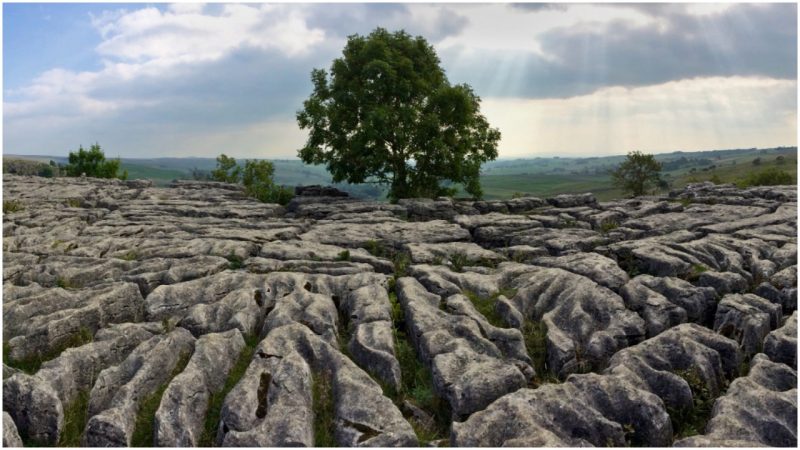For filming in early 2009 of the adaptation of the J. K. Rowling novel Harry Potter and the Deathly Hallows, the production staff had researched and selected a dozen very compelling locations. While they established sets in locations such as Piccadilly Circus and Shaftesbury Avenue in London, other locations were scouted and secured in the countryside.
One was the Swinley Forest with its wavy trails; another was Freshwater West beach on the coastline of Wales, part of the Pembrokeshire National Park. Another fantastic set to add to this list was Malham Cove and its ancient cliff, with a shape resembling an amphitheater.
Before Malham Cove was used as a filming set for Harry Potter and the Deathly Hallows, the majestic cliff is also thought to have inspired J.R.R. Tolkien’s unforgettable fort of Helm’s Deep in The Lord of the Rings: The Two Towers.
Long before Malham Cove became associated with wizardry, the site with its magical aura has been a popular attraction to visit. The cliff face is 260 feet in height, but a striking feature of it lies above the cove: a large and unique area of extremely corroded limestone paving.
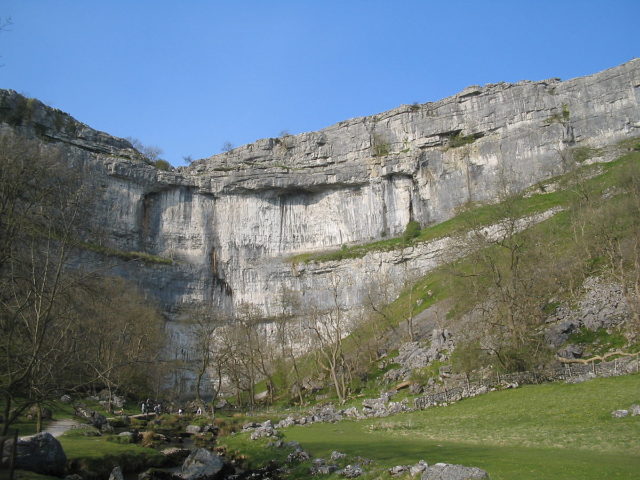
The limestone pattern is quite strange, rarely to be spotted elsewhere in England. It was here that Harry and Hermione set up their tent and camp in the film. More film sequences of the site include views across the Malhamdale, showing Cawden and the small villages of Malham and Kirkby below.
The Malham Cove is in the north of England, in the Yorkshire Dales. For the last two centuries, it has been a dry place. However, following a period of heavy rainfalls and storms, on December 6, 2015, it briefly became England’s tallest unbroken waterfall above ground, even if this did not last longer than a day.
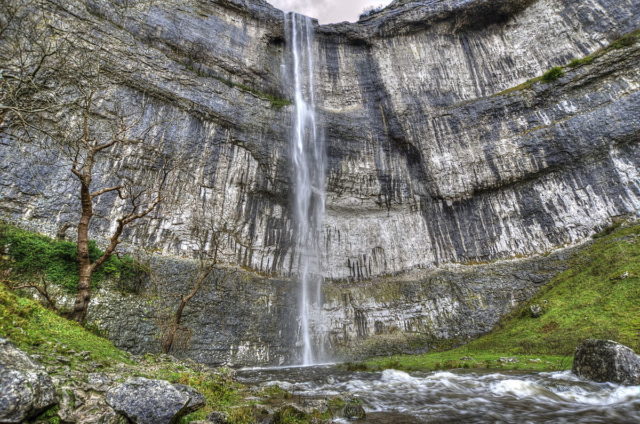
Of course, it wasn’t an actual Harry Potter spell that helped Malham Cove shift into a waterfall, but a real weather phenomenon. Storm Desmond brought moist air all the way from the Caribbean to the British Isles, which resulted in exceptionally heavy rainfalls. According to the Norwegian Meteorological Institute, Desmond was even designated as an extreme category weather event.
When the waterfall did appear, many locals as well as visitors witnessed it. Alan Hulme from the Yorkshire Dales National Park, who has been a resident of Malhamdale for three decades, remarked that the phenomenon most certainly took place for the first time in living memory, and “the people who saw it have been very fortunate.”
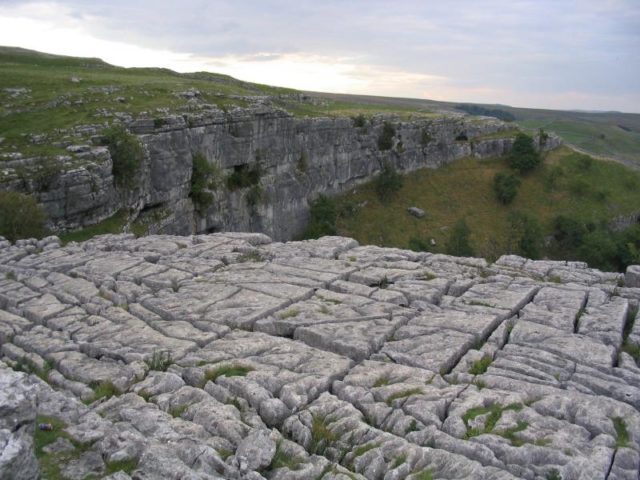
Malham Cove transformed itself into England’s tallest waterfall at that point. Its 260-foot height meant that it was more than two and a half times bigger than the Hardraw Force waterfall, a site which is also located in Yorkshire Dales and is the regular holder of the waterfall record, although it stands at only around 100 feet.
Hulme in an interview said that the limestone atop the location counts is quite a penetrable material and there are many caves in the area. Naturally, the limestone and the caves absorb the water quite rapidly.
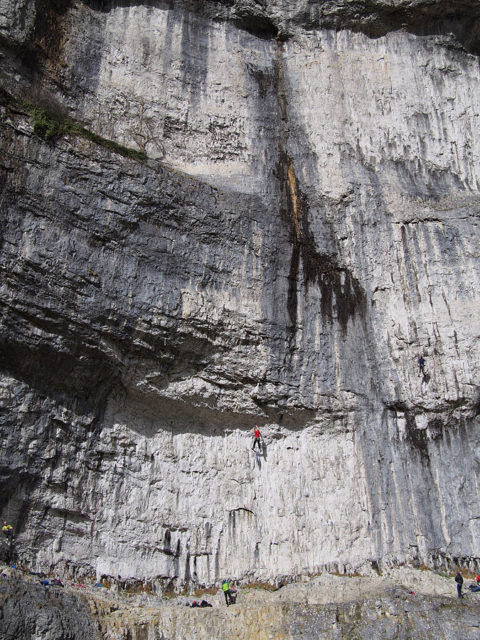
But what happened in December 2015 is that the caves filled with water and consequently, in Hulme’s words, “the water stopped being absorbed by the limestone after traveling through the soil and instead traveled on the top of it.” Which eventually led to the waterfall formation process.
A video footage of this extraordinary occurrence went viral on the Internet in 2015, getting 100,000 views just on the first day it was posted.
Related story from us: Fingal’s Cave: The Gaelic cave celebrated by artists, writers, and musicians
Some sources have claimed that the last time water went over the top of Malham Cove was in 1720, while others insist it was as long ago as the last Ice Age, when the site was actually formed.
